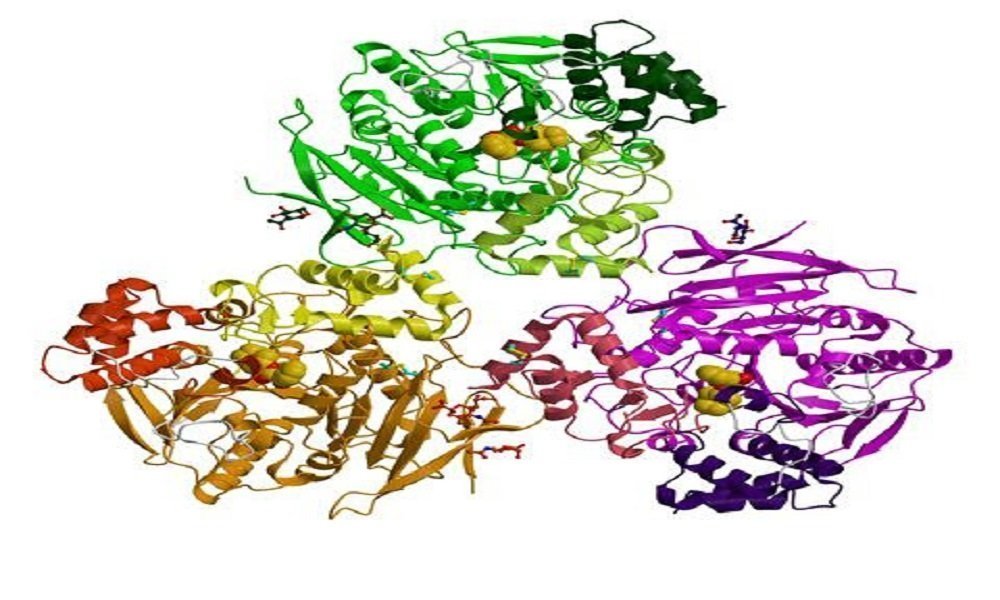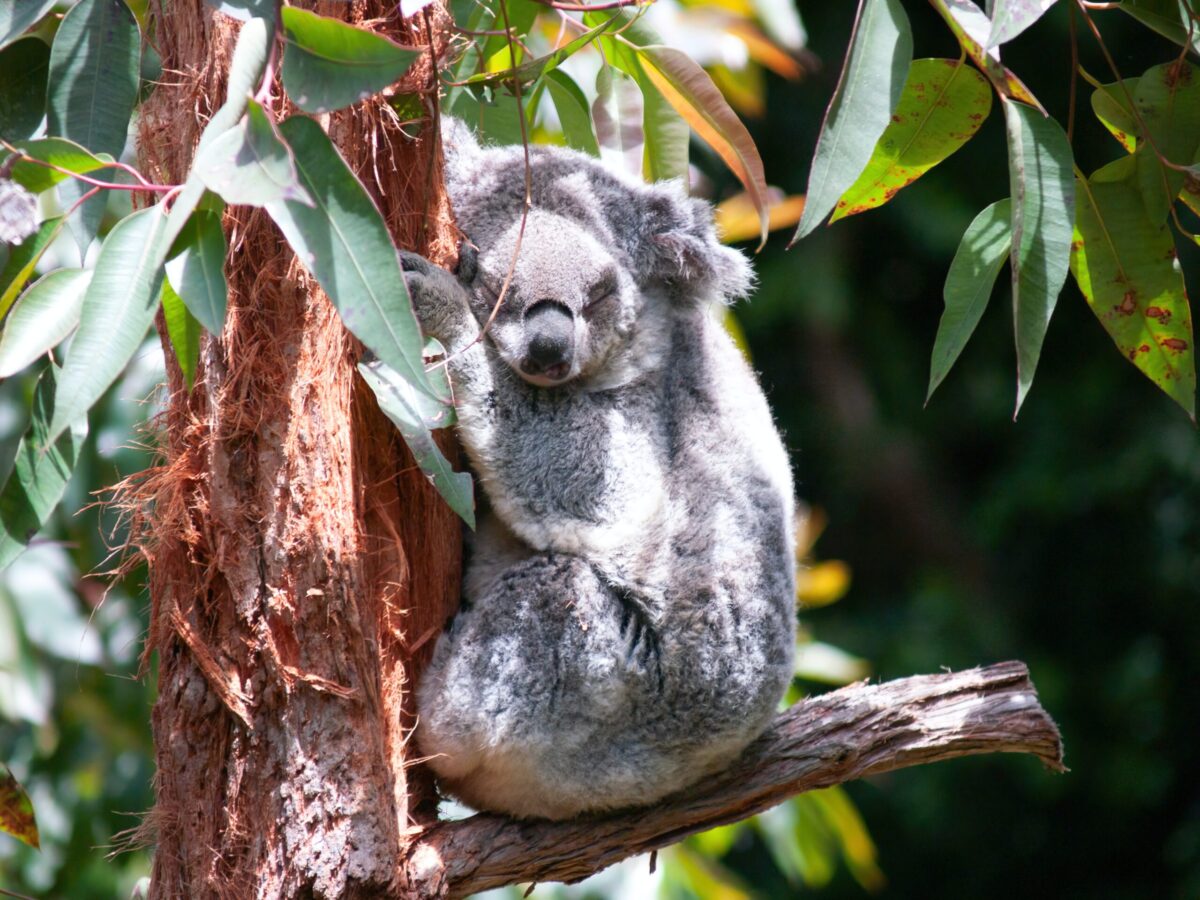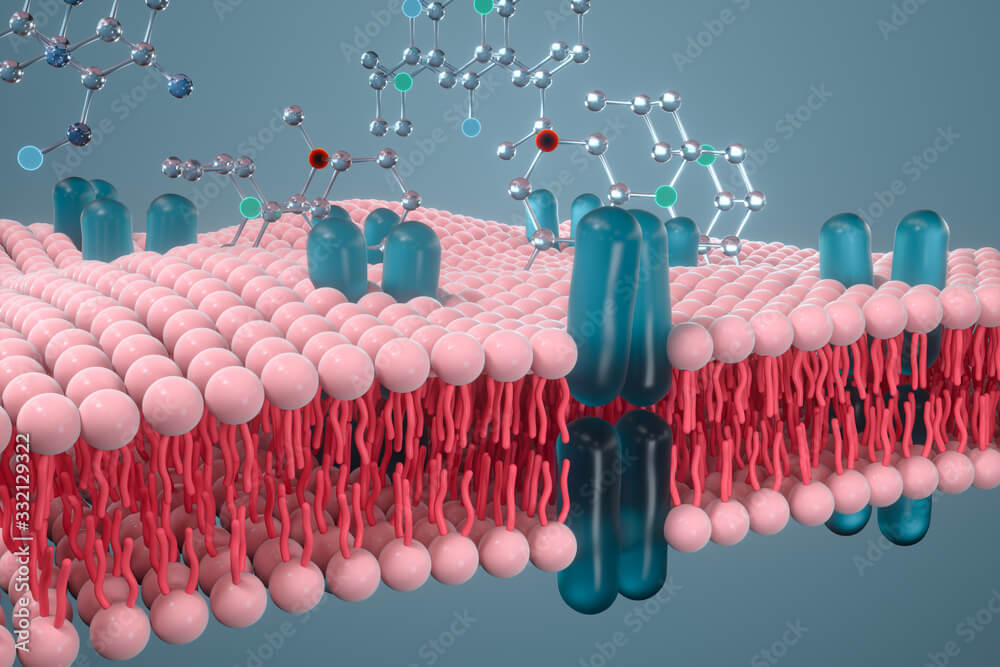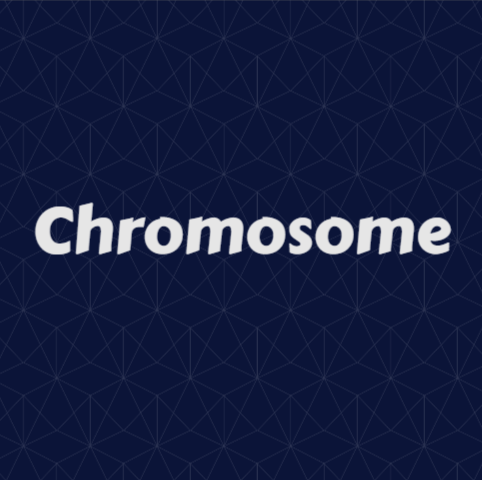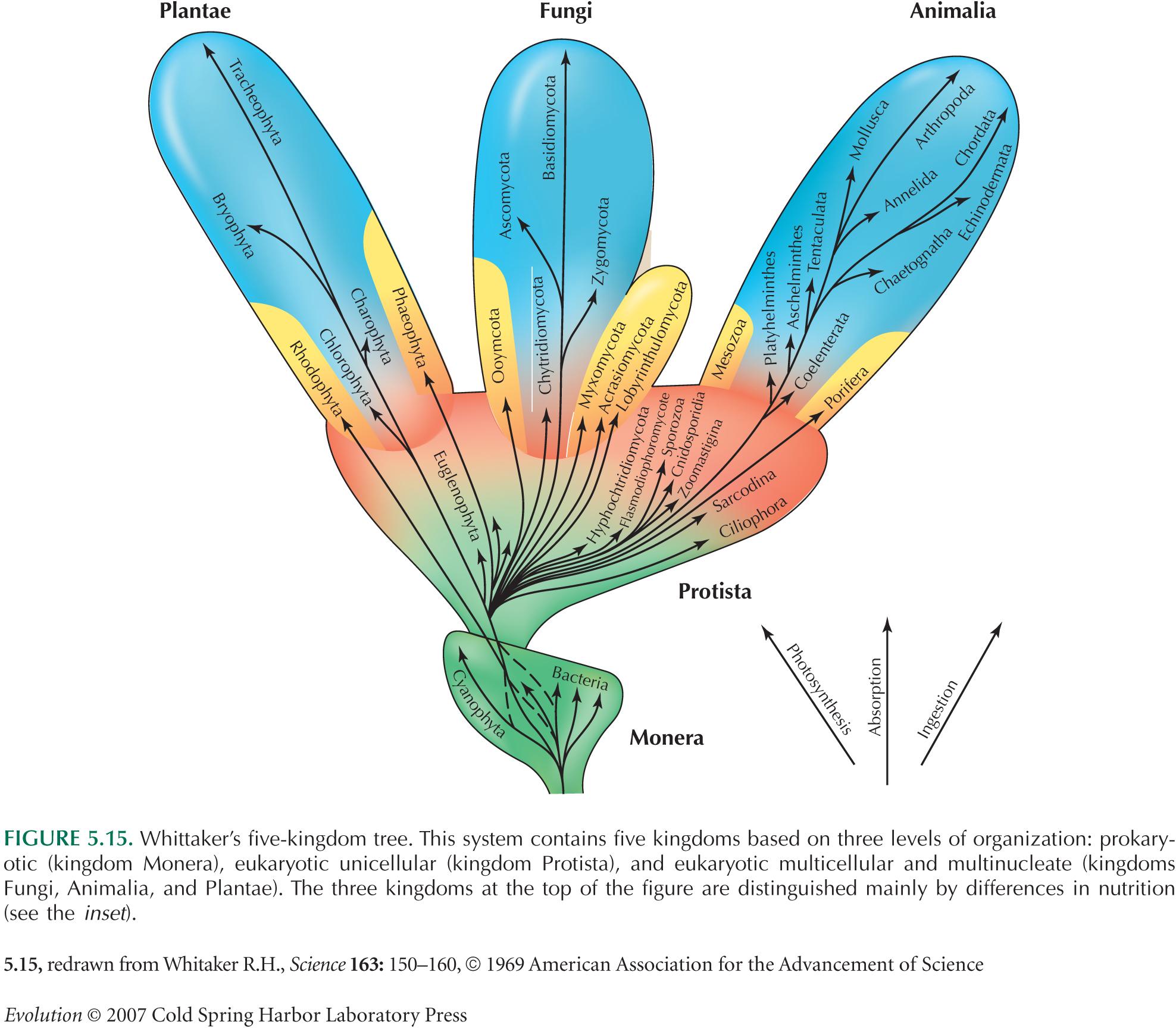Tag: Biology notes

What is enzyme and characteristics?
Enzymes are biological catalysts that facilitate chemical reactions in living organisms. They are typically proteins, although some RNA molecules also have catalytic activity. Enzymes are essential for life because they speed up the reactions that are necessary for cells to function properly. Without enzymes, many biochemical reactions in the body would occur too slowly to…

MCQ on Breathing and Exchange of Gases-2
Visiting high mountains may cause altitude sickness in men living in plain areas. Prime cause of this is (a) excess of CO2 in blood (b) decreased efficiency of haemoglobin (c) decreased partial pressure of oxygen (d) decreased proportion of oxygen in air. Increase in body temperature makes oxygen haemoglobin dissociation curve (a) shift to left…

Why Earthworms Are a Gardener’s Best Friend
Earthworms are considered a gardener’s best friend for several reasons: Soil aeration: Earthworms burrow through the soil, creating tunnels and air pockets that allow air, water, and nutrients to penetrate the soil more easily. This improves soil aeration, which is important for plant root health. Soil structure: Earthworms also help to improve soil structure by…

Koala Has Human Like Fingerprints!
The discovery that koalas have human-like fingerprints was a surprising revelation that has captured the attention of the scientific community and the general public alike. In this essay, I will explain this discovery in detail, including the methods used by researchers to uncover this fact and the potential implications of this discovery for the field…

Plasma membrane
Delimiting membrane or boundary of all cells providing the characteristic shape to the cell. Structure ● Composed of approx. 7 nm thick phospholipid bilayer with hydrophilic heads facing outward from both sides into aqueous environment and hydrophobic tails facing inside the bilayer. ● A symmetrical the presence of proteins, floating in the bilayer imparts a…

Chromosome
A chromosome is a structure found in cells that is made up of a long strand of DNA, which is the genetic material that contains the instructions for the development and function of all living organisms. Chromosomes are found in the nucleus of eukaryotic cells and play a crucial role in the cell cycle, replication,…

Type of Classification System Quiz
Welcome to our “Type of Classification System Quiz!” Are you ready to explore the diverse methods used to categorize everything from living organisms to data sets? Classification systems are essential tools that help us organize and make sense of the world around us. In this quiz, we’ll dive into various types of classification, from biological…

MCQ on Respiration in plant
Q1: Which organelle in plant cells is primarily responsible for cellular respiration? (A) Chloroplast (B) Mitochondrion (C) Vacuole (D) Nucleus Answer: (B) Mitochondrion Explanation: Mitochondria are the main sites of cellular respiration in plant cells, where ATP is produced. Q2: During respiration, what is the primary substrate used by plants to generate energy? (A) Oxygen…
Ecosystem – Structure and Function
The term ‘ecosystem’ was proposed by a British ecologist A.G. Tansley (1953). It represents the basic fundamental, functional unit of ecology which comprises of the biotic community together with its abiotic (non-living) environment. Ecosystem is the functional unit of nature where living organisms interact with each other and with their environment. Ecosystems can be recognized…
Active Transport
A few ions or molecules are transported across the membrane against their concentration gradient, i.e., from lower to higher concentration. Such type of transport is called active transport because it is an energy-dependent process in which ATP is utilised, e.g., Na+/K+ pump. https://youtu.be/visqfZd7Ms4 Active transport uses energy to pump molecules against a concentration gradient. Active…

EXCRETORY SYSTEM IN HUMAN
Except for urinary bladder which is endodermal in origin, the whole excretory system is Except urinary bladder which is endodermal in origin, the whole excretory system is Except mesodermal. In human the kidney is retroperitoneal i.e., the kidney is located outside the coelomic cavity and is covered by peritoneum (coelomic epithelium) from the ventral side…

FIVE KINGDOM SYSTEM
In this lesson, we discussing five kingdom classification. Five kingdom classification is proposed by R.H.Whittaker in 1969. the kingdom defined by him were named Monera, Protista, Fungi, Plantae, and Animalia. In this lesson, we show a brief introduction to these kingdoms for more information on kingdom please visit a particular lesson on that kingdom. Main Criteria…

